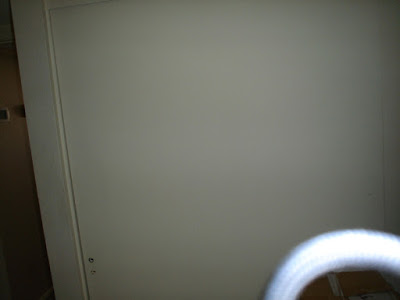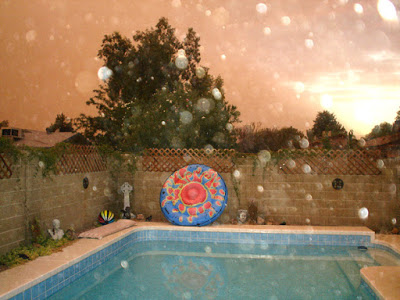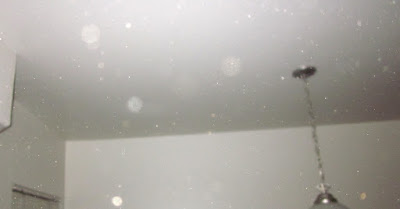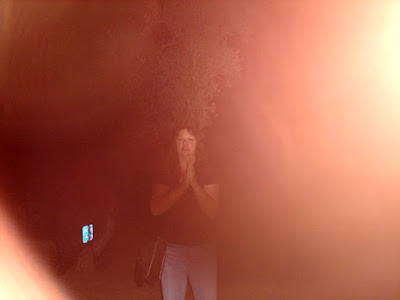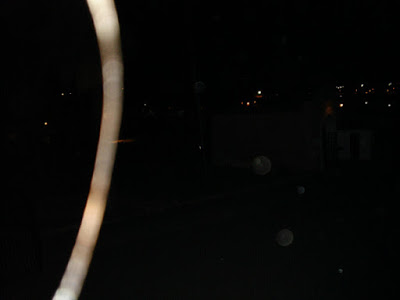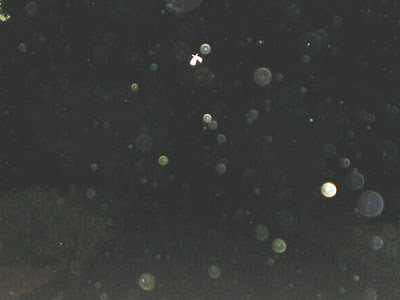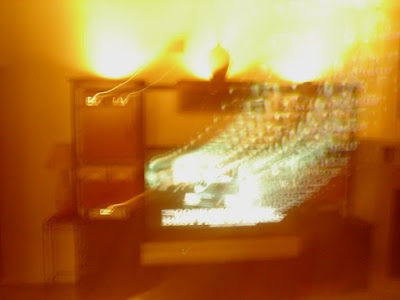| Online: | |
| Visits: | |
| Stories: |

| Story Views | |
| Now: | |
| Last Hour: | |
| Last 24 Hours: | |
| Total: | |
Debunking Ghost Photographs: How To Photograph Properly
WALKING: When you walk, stop and allow several minutes for the air to settle before you photograph. Too many people focus on – I walk here, take pictures – and they don't stop to realize that they just stirred up the environment with a sort of vortex of air around them.
Reflective surfaces: This is the greatest danger, especially in nighttime photo taking. It can be a nightmare in museums, tourist buildings, historic sites, where there are lots of mirrors and glass framed photos and maps, chandeliers, tables, and more.
Straps and hair: It goes without saying that camera straps can be real culprits and they often show up on the right hand side of the pic because of where they are attached on cameras. They show up often with a spiral or corrugated look. I remove the strap from cameras as soon as they are bought or if the strap comes separately, I never attach it. This is one less explanation on photos. I also tie my hair back. One time, I ran my hands through my hair and one caught on my ring. It dangled in front of the pic. I realized it was a hair because it looked reddish and had the hair look to it – looks like a hose with circles inside of it.
Weather: Storms, winds, cold, rain, fog, snow, sprinklers, heavy moisture can all be interpreted by the camera as all manner of specters. Just be sure you take note of your weather conditions.
Lens: You put your camera in and out of your pocket
Consecutive shots: Taking consecutive shots helps to clarify if something was in the environment or not. Viewers might ask, “was there anyone else in the room?”
Don't be offended that people dispute photographic findings. The truth is, finding something truly unexplained is hard to do, and you want to eliminate all the explainables ahead of time by taking caution when photographing.
Source: http://www.ghosthuntingtheories.com/2015/07/debunking-ghost-photographs-how-to.html





